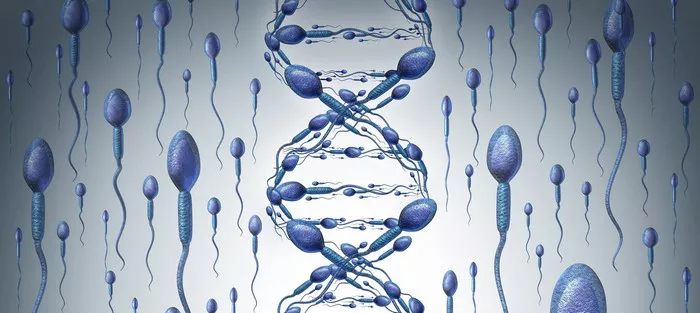A recent study has revealed a troubling presence of microplastics in human testicular tissue. Researchers examined 23 human testes and 47 canine testes, finding microplastics in every sample. While sperm count could not be measured in the preserved human samples, a link was identified in the dogs: those with higher levels of PVC microplastics exhibited lower sperm counts.
Although this finding suggests a potential correlation, further research is needed to definitively establish a cause-and-effect relationship between microplastics and sperm health.
The widespread presence of microplastics is alarming. In recent years, these pollutants have been found not only in human testicles but also in blood, placentas, and breast milk, indicating widespread contamination. While the long-term health effects remain unclear, laboratory studies have shown that microplastics can damage human cells.
Dr. Shruti N. Mane, a Consultant in Fertility & IVF at Motherhood Fertility & IVF in Kharghar, Navi Mumbai, stated that microplastics “can cause oxidative stress, inflammation, and altered metabolism, ultimately damaging cells and tissues.” Additionally, microplastics may act as carriers for endocrine-disrupting chemicals (EDCs) that interfere with hormone regulation.
The Link to Male Infertility
Male infertility has been rising, with sperm quality declining over recent decades. Sperm counts have been dropping for years, with various environmental factors like pesticide exposure being investigated.
Dr. Nisha Pansare, a Fertility Consultant at Nova IVF Fertility in Pune, highlighted the potential connection: “Microplastics accumulating in the testicles can disrupt hormone balance, leading to decreased sperm quality and fertility issues.” This disruption can result in reduced sperm count, motility, or even malformations, which can hinder a couple’s ability to conceive.
It’s important to note that research on microplastics and male infertility is still in its early stages. Dr. Mane emphasized the need for further investigation: “Currently, a definitive cause-and-effect relationship hasn’t been established.” However, the growing body of evidence suggests a potential link that warrants serious consideration.
Beyond Microplastics: Other Causes of Male Infertility
Male infertility can have various causes beyond microplastics. Dr. Mane outlines some:
1. Hormonal disturbances: thyroid issues, low testosterone
2. Infections: mumps, sexually transmitted diseases
3. Varicocele: enlarged veins in the scrotum
4. Sperm disorders: low count, motility issues, abnormal shapes
5. Lifestyle factors: smoking, alcohol, obesity
Managing Male Infertility
The good news is that many cases of male infertility can be addressed. Dr. Mane explains the treatment options:
1. Lifestyle modifications: diet, exercise, weight management
2. Medication: for underlying hormonal issues
3. Assisted reproductive techniques: IUI, IVF, ICSI, IMSI
The discovery of microplastics in human testicles raises a red flag for male fertility. While more research is needed, it underscores the importance of reducing our exposure to environmental pollutants. Men concerned about fertility should consult a healthcare professional for a comprehensive evaluation and discuss treatment options.
Related Topics:
Men’s Fertility Blood Test: A Full Guide to the Path to Fatherhood



























